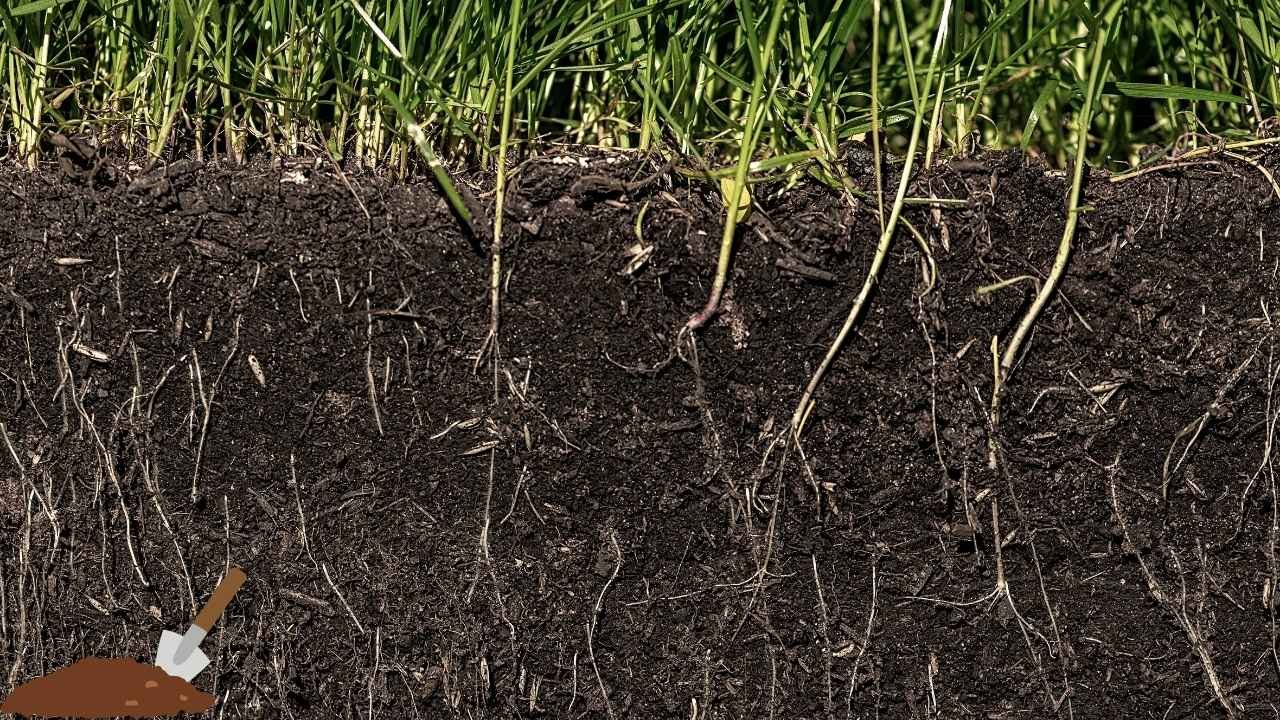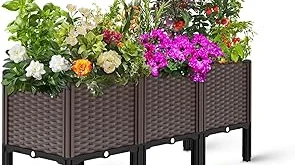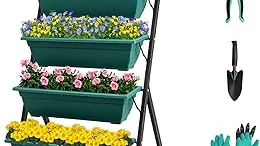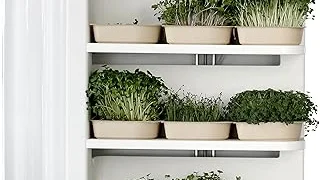Choosing the right soil is essential when growing a beautiful, lush lawn. Many homeowners ask a common question: Can you use garden soil for grass? This guide will answer that question, breaking down everything you need to know so you can make an informed decision and set your lawn up for success. Whether you’re starting from scratch or repairing bare patches, understanding the role of soil in grass growth is crucial.
Why This Topic Matters to Homeowners
For homeowners across the USA, having a healthy lawn isn’t just about aesthetics, functionality, and value. A well-maintained lawn boosts curb appeal, provides a safe space for kids and pets to play, and improves air quality. But achieving this starts with the soil beneath your grass. Garden soil is often more readily available, but is it the best choice for grass? Let’s dive in.
Understanding Garden Soil: What Is It?
Garden soil is a blend of natural soil, organic matter, and nutrients designed to support a variety of plants. It’s often tailored for flowers, vegetables, and shrubs, making it versatile but not always optimal for grass.
Key Characteristics of Garden Soil:
- Rich in Organic Matter: Contains compost and other organic materials that support plant growth.
- Varied Texture: Depending on the brand or mix, garden soil may be sandy, loamy, or clay-heavy.
- Moisture Retention: Designed to hold water longer, which benefits most plants but may hinder grass growth.
Grass Soil Needs: What Makes Grass Thrive?
Grass has specific requirements for soil that differ from many garden plants. For a thriving lawn, the soil needs to:
- Drain Well: Grassroots can’t tolerate standing water.
- Be Loamy: A sand, silt, and clay balance allows for adequate air circulation and water retention.
- Have the Right pH: Grass prefers slightly acidic to neutral soil (pH 6.0 to 7.0).
- Contain Balanced Nutrients: Nitrogen is especially critical for lush, green growth.
Using soil that doesn’t meet these needs can lead to patchy grass, poor root development, and susceptibility to pests or diseases.
Can You Use Garden Soil for Grass?
The short answer is yes but with conditions. While garden soil can work for growing grass, it often needs modifications to meet the unique requirements of a lawn.
When Garden Soil Works:
- Minor Repairs: Garden soil can be a quick fix for filling small bare patches.
- Modified Mixes: Mixing garden soil with sand or topsoil can create a more suitable base for grass.
When to Avoid Garden Soil:
- Too Much Clay: Dense clay can prevent water from draining and suffocate grass roots.
- Excessive Organic Matter: Overly rich soil can lead to fungal growth and weak grass blades.
How to Prepare Garden Soil for Grass
If you’re considering using garden soil for grass, follow these steps to improve its suitability:
- Test Your Soil: Use a home testing kit to measure pH and nutrient levels. Adjust as needed to meet grass’s requirements.
- Amend the Texture: Mix in sand or perlite to improve drainage if the soil is too heavy. For sandy soil, add compost for better moisture retention.
- Aerate the Soil: Loosen compacted soil with a garden fork or aerator to promote root growth and airflow.
- Level the Ground: Remove debris, rocks, and large clumps to create an even surface for planting.
- Incorporate Fertilizer: Choose a starter fertilizer rich in nitrogen to encourage strong grass growth.
Best Practices for Growing Grass
Once your soil is ready, follow these tips for successful grass growth:
- Select the Right Grass Seed: Choose a variety suited to your region’s climate. For example:
- Cool-season grasses like Kentucky Bluegrass for northern states.
- Warm-season grasses like Bermuda grass for southern areas.
- Seed Evenly: Use a broadcast spreader to ensure even coverage.
- Water Consistently: Keep the soil moist but not soggy until the seeds germinate.
- Mow Correctly: Wait until the grass is at least three inches tall before mowing for the first time.
- Monitor and Maintain: Watch for weeds and pests and address issues promptly.
FAQs
Q. Can I Use Garden Soil Instead of Topsoil for Grass?
Garden soil can work in small amounts, but topsoil is generally better for lawns because it has a neutral pH and consistent texture.
Q. Do I Need to Mix Garden Soil with Anything?
Yes, mixing garden soil with sand or compost can improve its drainage and structure for grass.
Q. What Happens If I Use the Wrong Soil for Grass?
Poor soil can lead to uneven growth, weak roots, and increased vulnerability to pests and diseases.
Q. How Much Soil Do I Need for a New Lawn?
Aim for at least 6 inches of well-prepared soil to support healthy grass growth.
Conclusion: Set Your Lawn Up for Success
While garden soil isn’t the perfect choice for grass, it can be modified to meet your lawn’s needs. You can create a strong foundation for healthy, vibrant grass by testing, amending, and preparing the soil properly. Remember, the key to a thriving lawn is understanding the unique needs of grass and tailoring your approach accordingly.
Take the next step toward a lush lawn—check out our other guides on soil preparation, choosing the right grass seed, and lawn care tips. Ready to transform your yard? Start today!






